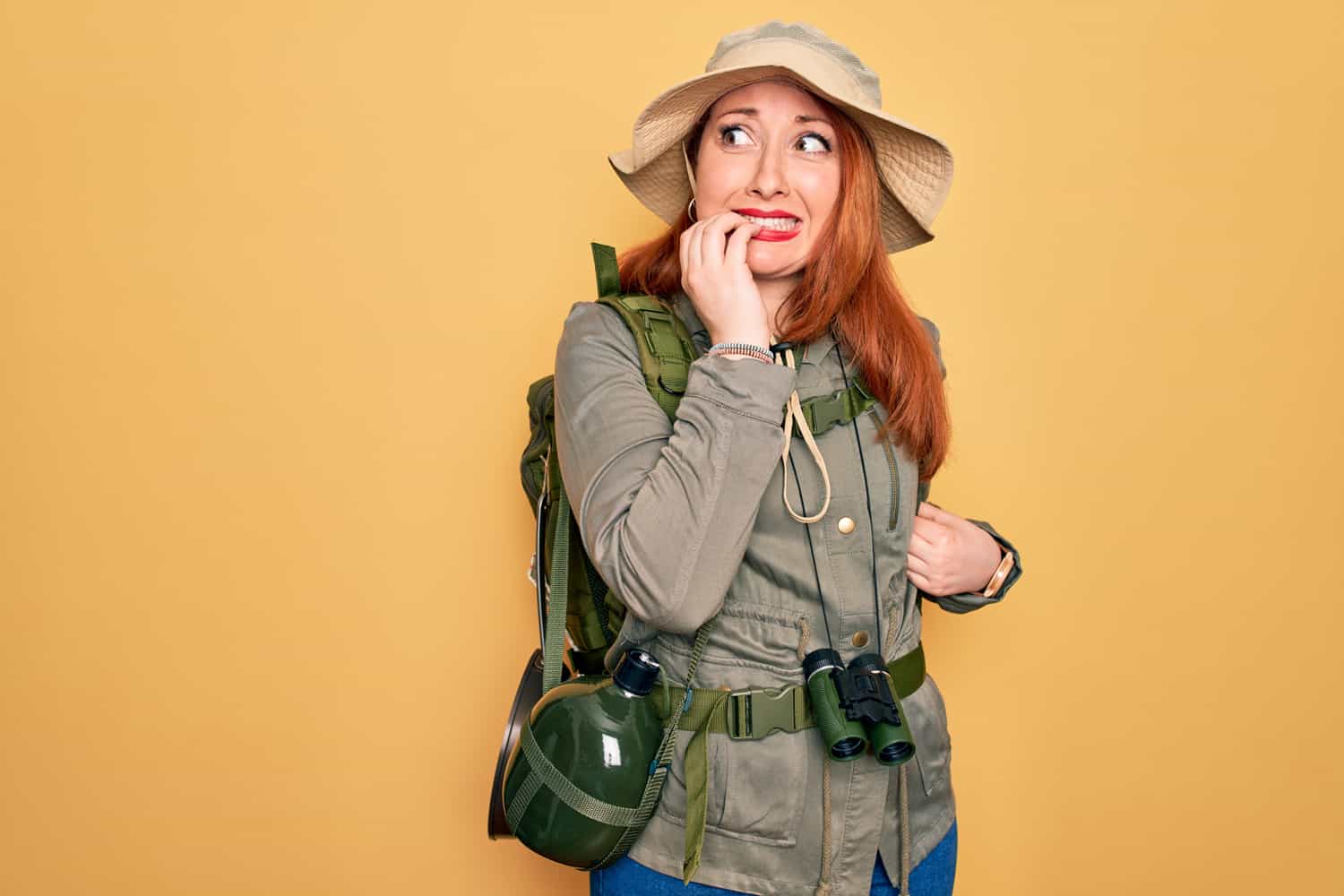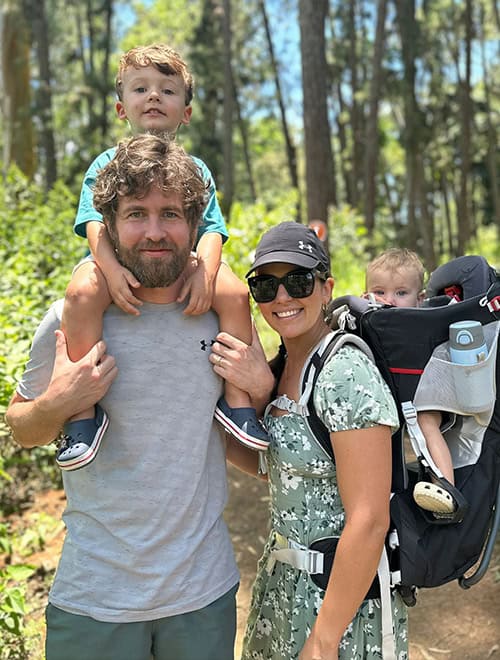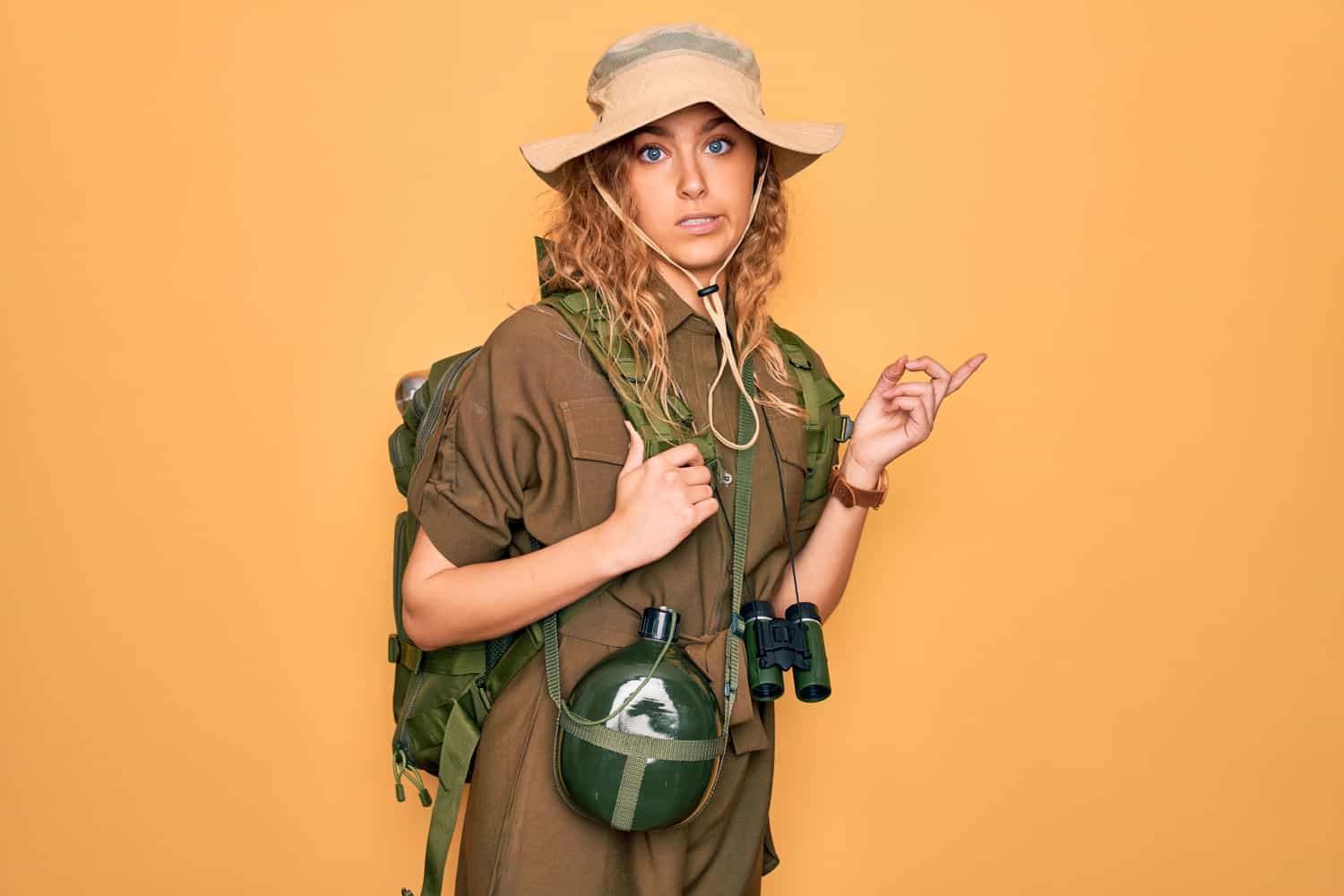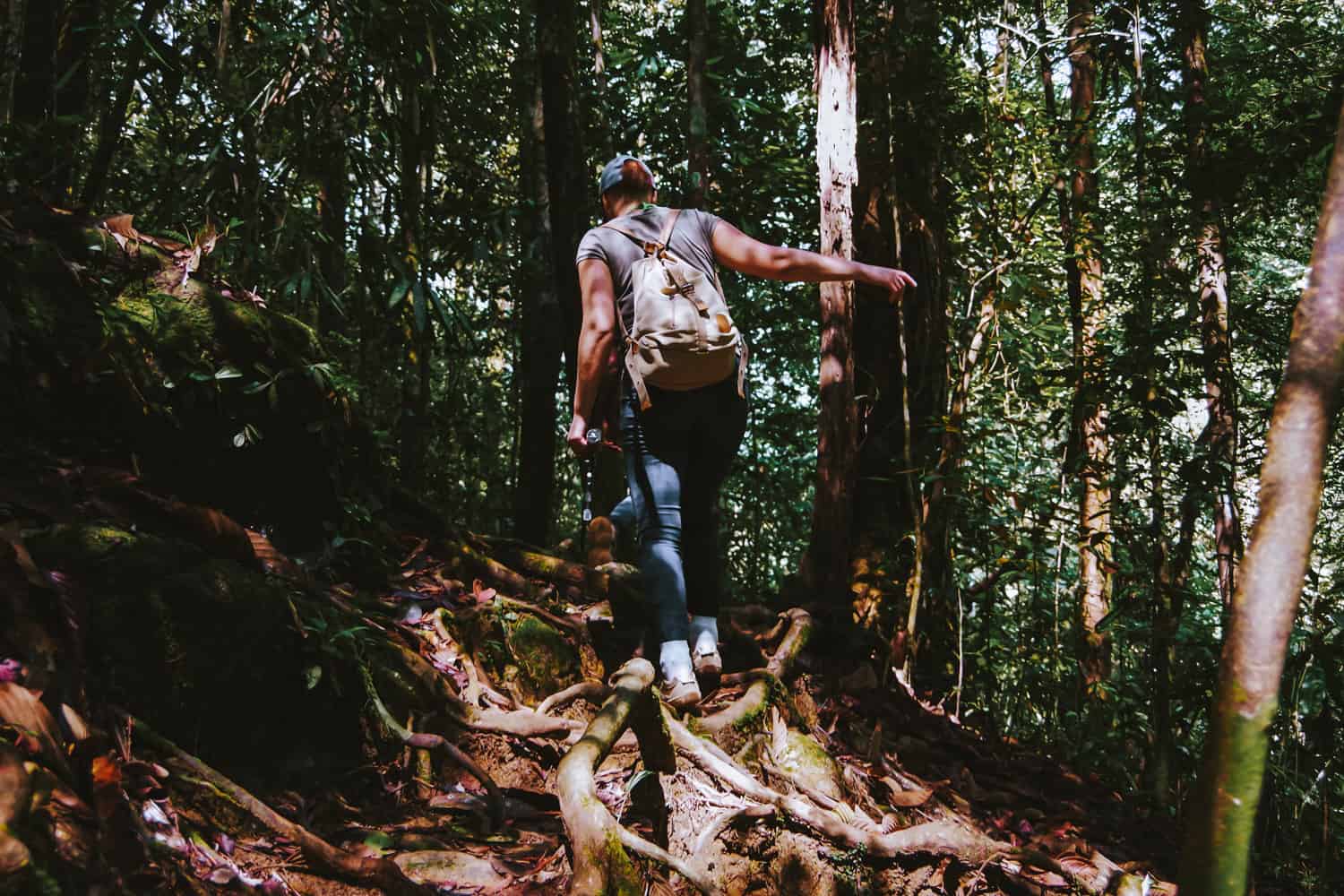I can fully relate to anyone that fears snakes. I do not think there is anything else that I fear in this world more than snakes. If you want a quick answer to your question “are there snakes in Sri Lanka?”, the answer would be yes. Luckily, the chance of encountering a snake during a regular holiday in Sri Lanka is extremely low.
I am a Sri Lankan. I have pretty much spent my whole life in Sri Lanka. So far, I have seen about a dozen snakes in 28 years in Sri Lanka. Most of them were just rat snakes which are completely harmless. The most venomous snake that I have seen is a cobra.
The vast majority of the snake bites that are reported from Sri Lanka are related to the agricultural industry. If you are not planning to spend a lot of time in paddy fields and dense forests (on foot), it is very unlikely that you have a bad experience associated with snakes in Sri Lanka.
I have been working as a travel agent in Sri Lanka for eight years now, and have yet to meet a guest who had a snake bite during a Sri Lanka holiday. To be fair, our speciality is family holidays. The tours that we arrange rarely include excursions like Sinharaja Rain Forest or Knuckles Mountain Range (which have a higher likelihood of snake encounters) as we strive to make our tour itineraries child friendly.
How to avoid snakes in Sri Lanka

There is virtually no risk of a snake encounter in popular hiking grounds like Little Adam’s Peak or Horton Plains. Snakes usually stay away from well-trodden paths. You should be fine if you stick to the roads and the crowds.
It is also unlikely that you spot snakes in or around hotels. Snakes do not like to be close to humans. Just make sure to book nice and clean hotels that do not have rodent problems for your Sri Lanka holiday.
There is absolutely no risk of snake bites during national park visits, as you are not getting off from your jeep when you visit them. It is a perfect way to observe wild animals in their natural habitats safely.
Even though the chances of encountering snakes in Sri Lanka is very low, it is advisable to follow these safety measures to avoid any encounters of snakes during your Sri Lanka holiday.
1. Hire a naturalist if visiting Sinharaja Rain Forest or Knuckles
As mentioned earlier there is a greater chance of snake encounters during hikes in Sinharaja Rain Forest and Knuckles Mountain Range. If you have already made up your mind to visit any of these attractions, be sure to hire a naturalist. A good naturalist will be able to help you complete the excursion safely.
You can hire a naturalist for the Sinharaja Rainforest at the entrance. For Knuckles, you will have to prearrange a naturalist through a travel agency. Your hotel in Kandy also might be able to arrange this for you.
2. Cover your legs properly
Your legs are the most vulnerable part of your body to snake bites. Wear garments that cover all the way down to your ankles and boots or shoes when visiting grasslands, jungles, paddy fields and tea plantations to protect yourself from snake bites.

Would you like a Sri Lanka trip like Beatriz's?
We had the pleasure of assisting Beatriz's family on their two-week holiday in Sri Lanka, and they absolutely loved it. Would you also like a hassle-free family holiday? Please drop us a message specifying your requirements, and we will get back to you with a tailor-made Sri Lanka tour package within 24 hours.

Would you like a Sri Lanka trip like Beatriz's?
We had the pleasure of assisting Beatriz's family on their two-week holiday in Sri Lanka, and they absolutely loved it. Would you also like a hassle-free family holiday? Please drop us a message specifying your requirements, and we will get back to you with a tailor-made Sri Lanka tour package within 24 hours.
3. Signal them that you are coming
According to experts, snakes generally do not attack without being provoked. Their first instinct is to flee away. Stamping your feet and knocking on the ground with a stick is recommended when you are walking through grass lands, jungles, paddy fields and tea plantations, so they can get away from your path before you get to them. (Snakes do not hear sounds. They only respond to the vibrations on the ground.)
4. Pay attention to the road
This might sound obvious, but it is easy to get distracted by the beautiful surroundings when you are hiking. Also, it can be hard to identify a snake that is lying still on the ground, perfectly camouflaged to its surrounding. So, pay attention!
5. Take a torch when you are going outside at night
If you are going out for a walk at night take a torch (flashlight) with you. Last thing you want to do is accidently step on a snake in the dark.
6. Do not put your hand into anthills, tree cavities and under logs and rocks
Snakes live inside anthills, tree cavities and underneath logs and rocks. Stay away from these things and keep an eye on your children to make sure they do not put themselves in harm’s way.
What to do if you encountered a snake during your Sri Lanka holiday

Do not panic. Assess the situation and slowly back away from it. Wait at a safe distance till it moves away. If you can walk past it keeping a safe distance, that is also an acceptable option.
Snakes should be only handled by knowledgeable individuals. Do NOT bully the snake or try to pick it up even if it looks dead. It is not uncommon for snakes to play dead when faced with danger.
If you leave the animal alone, it will soon go on its way.
What to do if you got bitten by a snake in Sri Lanka

The likelihood of getting bitten by a snake in Sri Lanka during a 2 to 3 weeks holiday is extremely low. However, we all can agree knowing what to do in case of an emergency is always a good thing. Here is what to do if you got bitten by a snake during your Sri Lanka holiday.
- If you or someone you know is bitten by a snake, try to remember the color, shape and markings of the snake. Take a picture of the snake if you can. It will help the doctors to determine the suitable antivenom treatment.
- Keep the bitten person still and calm to slow down the spread of the snake venom. Only about 5 snake species in Sri Lanka are considered as fatal to humans (Russell’s Viper, cobra, Ceylon Krait, Saw-scaled Viper and Hump-nosed Pit viper). There is a good chance the snake that bit you is a nonvenomous or mildly venomous snake.
- Wash the bitten area with soap and water immediately to get rid of any venom that is on the surface of the wound. Then cover it with a clean, dry dressing.
- Take the person to the nearest hospital. You can call the emergency ambulance service in Sri Lanka by dialing 1990.
- Do not try to suck out the venom or slash the wound with a knife. These things could worsen the condition of the patient.
Pro tips – If you have to walk through tall grass, paddy or tea plants, you may feel a bite but not know you were bitten by a snake. In such instances see if there is a pair of puncture marks at the wound.
Redness, swelling and severe pain at the site of the bite, nausea and vomiting, breathing difficulty, disturbed vision, increased salivation and sweating, numbness or tingling around your face and/or limbs are other indications of a snake bite.
Summary

Do not shy away from a Sri Lanka holiday because of snakes. There are snakes in Sri Lanka, but it is highly unlikely that you come across one during a two to three week holiday. Make sure to follow the safety measures that I described in this article when you are engaged in activities.
I hope this article will help you to have a safe holiday in Sri Lanka. Feel free to leave a comment or drop us a message, if you have questions related to your Sri Lanka trip. As always, I am looking forward to answering all your questions.
Happy travels!

